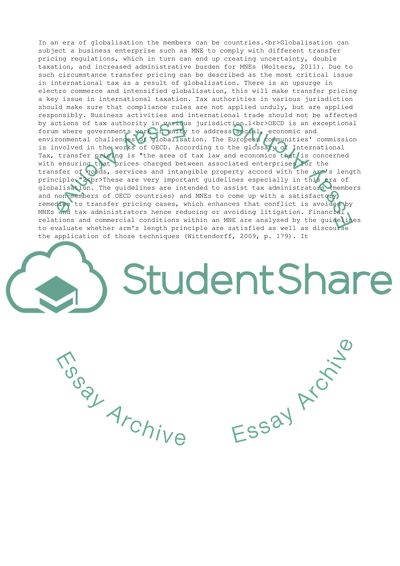Cite this document
(Transfer pricing Assignment Example | Topics and Well Written Essays - 2500 words, n.d.)
Transfer pricing Assignment Example | Topics and Well Written Essays - 2500 words. https://studentshare.org/finance-accounting/1861079-transfer-pricing
Transfer pricing Assignment Example | Topics and Well Written Essays - 2500 words. https://studentshare.org/finance-accounting/1861079-transfer-pricing
(Transfer Pricing Assignment Example | Topics and Well Written Essays - 2500 Words)
Transfer Pricing Assignment Example | Topics and Well Written Essays - 2500 Words. https://studentshare.org/finance-accounting/1861079-transfer-pricing.
Transfer Pricing Assignment Example | Topics and Well Written Essays - 2500 Words. https://studentshare.org/finance-accounting/1861079-transfer-pricing.
“Transfer Pricing Assignment Example | Topics and Well Written Essays - 2500 Words”. https://studentshare.org/finance-accounting/1861079-transfer-pricing.


